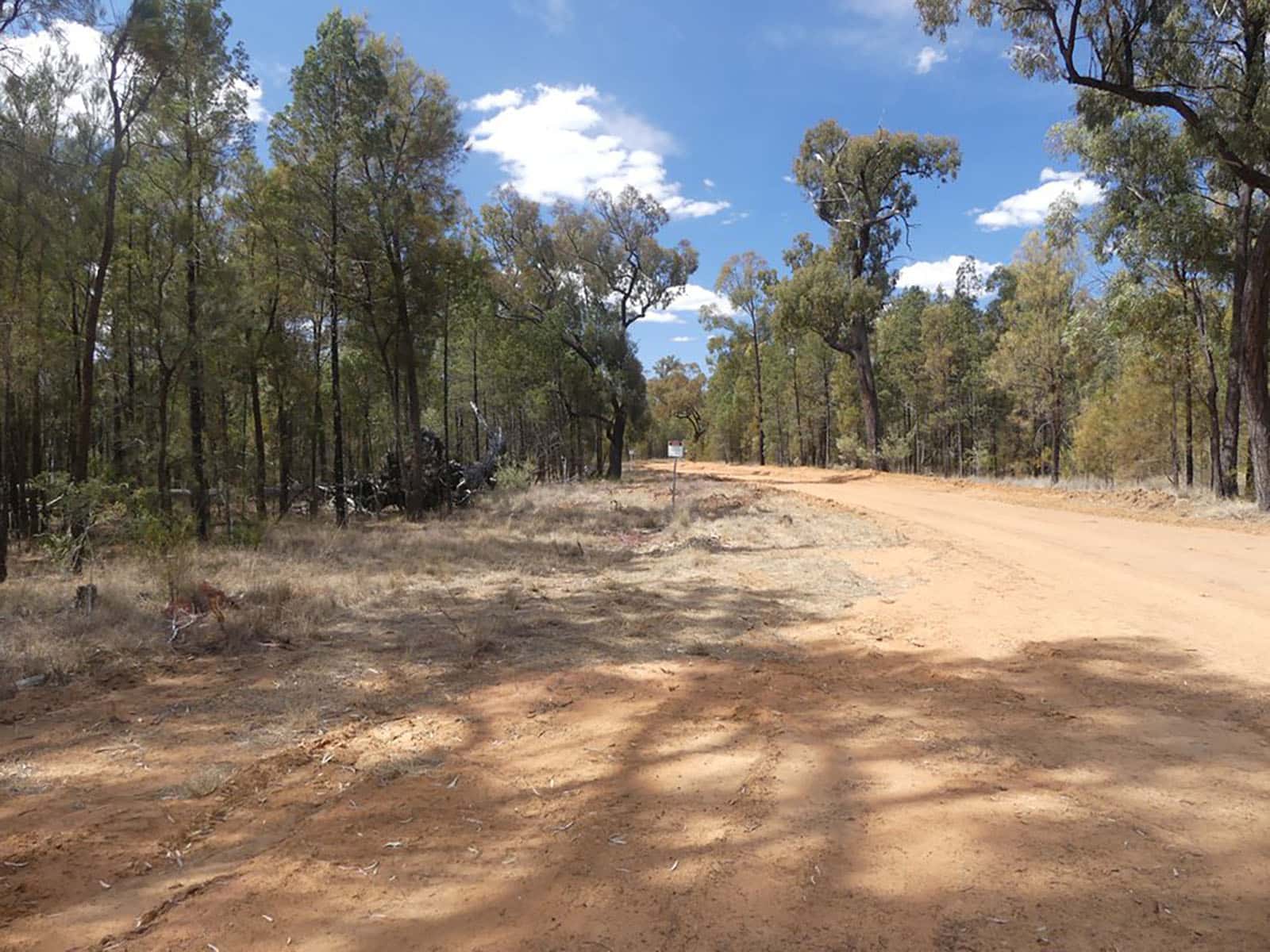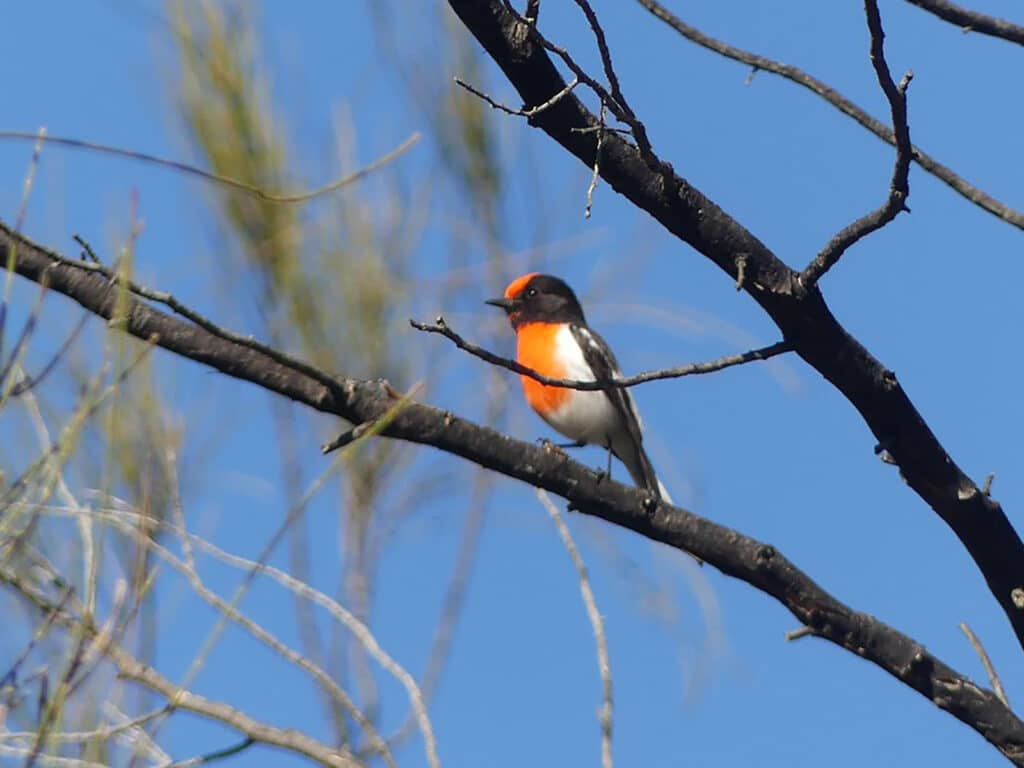The Narrabri Gas Project is a gas extraction and transfer project located in the Pilliga region of the Gunnedah Basin in NSW. It will supply the NSW energy market with natural gas, including homes, small businesses and major industries. The Project plans to utilise a proposed underground pipeline route that will pass nearby to add natural gas to the domestic market.
To ensure ongoing compliance with approval conditions, biodiversity and rehabilitation monitoring needs to be undertaken annually with results reported against various criteria and triggers.
Our Services
E2M developed and executed the Biodiversity Monitoring Program (BMP) and Rehabilitation Monitoring Program (RMP) for the Project.
In the first round of monitoring, the team identified and set-up sites across the Project Area that would be monitored in all subsequent annual survey efforts. This required a high level of forward planning to ensure that all selected sites met the requirements of the monitoring programs and were representative across the Project Area.
The team successfully implemented both the BMP and RMP which required collection of a significant amount of data using a range of survey techniques and data collection methods. These included:
- Deployment of ultrasonic recorders for microbat call recordings
- Deployment of remote activated cameras for fauna pest surveys
- Deployment of acoustic recorders for diurnal bird call recordings and soundscape analysis
- Vegetation assessments using the NSW Biodiversity Assessment Method; and
- A range of observational rehabilitation and landscape stability parameters throughout the Project’s disturbance footprint.
Outcomes
A significant challenge that the E2M team overcame associated with this Project was the large and varied amount of data that was collected and needed to be processed. To effectively and efficiently manage this, the team developed a range of innovative approaches to data processing and analysis focused around automation and the use of artificial intelligence (AI).
We used an AI based object detection model to automatically split camera trap images that contained animals from those that were empty or contained vehicles or humans. This method allowed a reduction in time spent processing images while also increasing the quality of labelled images through the avoidance of human labelling errors. It is also a highly repeatable method that can be reliably used year-on-year.
We used another machine learning model to automatically process photographs taken for the quantification of foliage cover. This model worked by segmenting photographs into a range of categories with the output being the proportion of the image identified within each category. The use of this model near eliminated the inherent inconsistencies that arise from human processing and allows for precision, repeatability and comparable results between monitoring surveys.
We also produced scripted data analysis code in Statistical Software R for the robust analysis of all monitoring data. This code was specific for each dataset and can be used for all subsequent monitoring surveys to ensure results are comparable.






